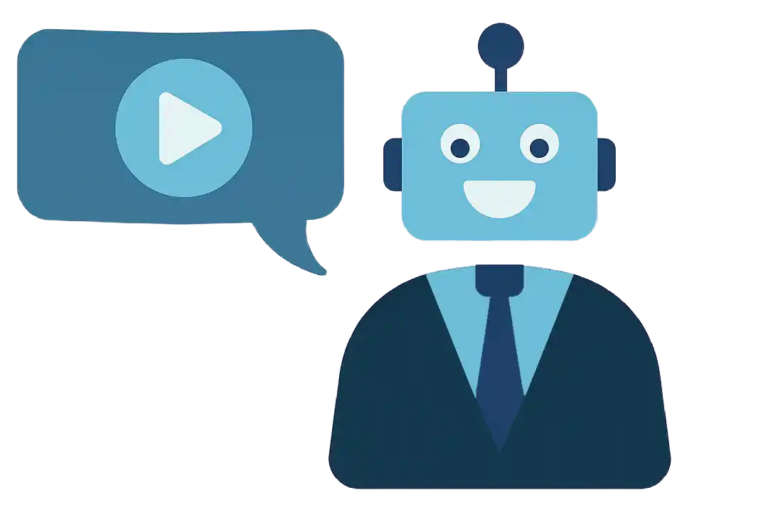Are budget constraints keeping you from producing as much killer video content as you’d like? Maybe, like most marketers, you tend to think about video as the product-promotion content you need when you roll out something new.
Try thinking about video as something the customer wants on the buyer’s journey, and why. Whatever the content, he will prefer to sample “quick and easy” before delving into “detailed and difficult.” That’s an argument for making videos available at every stage.
The table below is adapted an excellent article, What’s a Successful ABM Strategy Without Killer Content?, by content marketing consultant Rebecca Smith of Heinz Marketing.

The table is designed to help marketers develop a content strategy (not just video content) for account-based marketing. According to Smith, content at the top of the funnel should be designed to help an audience who doesn’t know much about you and your solution. No hard sell.
In the middle stage, you want to distinguish yourself from competitors. But still no hard sell. That doesn’t come until you’ve developed trust.
At the bottom of the funnel, buyers now want to know all the reasons to buy.
If this approach makes sense to you, it will also make sense to think a little differently about product overview videos. It takes storytelling and visual pizzazz to hold the viewer’s attention throughout a recitation of features and benefits — how else could you deploy those creative skills?
Brainstorming killer video content
Most product overview videos (including the ones we make) attempt to dash through at least half the “funnel stages” listed in the table in under two minutes.
But it shouldn’t be hard to come up with ideas for short videos to fill in all the blanks in the table. Suppose we decide to limit each video to one or two key points of interest to each persona. That should be no problem at the attention stage. At stage two, where you’re trying to differentiate our solution from competitors, a video that explains one or two favorable points of comparison needs to be well-written and presented, but it doesn’t need eye-popping motion graphics or motivational music.
For the later stages, you may be able fill in some blanks with edited excerpts from existing demos or webinars. Videos could be based on blog posts. A subject matter expert could walk the viewer through a single good slide from a sales deck.
Of course, your buyer’s journey map probably doesn’t correspond exactly to the example above. But once you break it down into stages and personas, it should be a simple matter to come up with narrowly focused videos that provide considerable value for your buyers.



